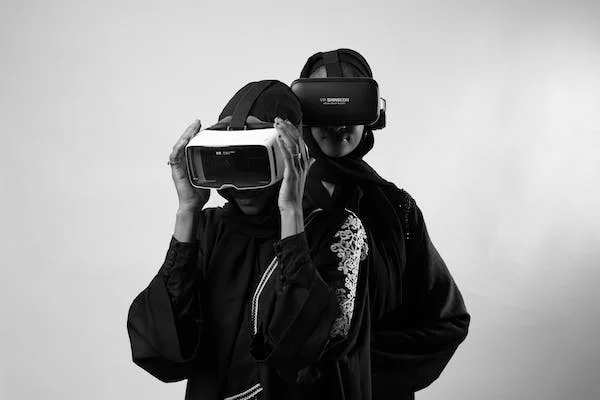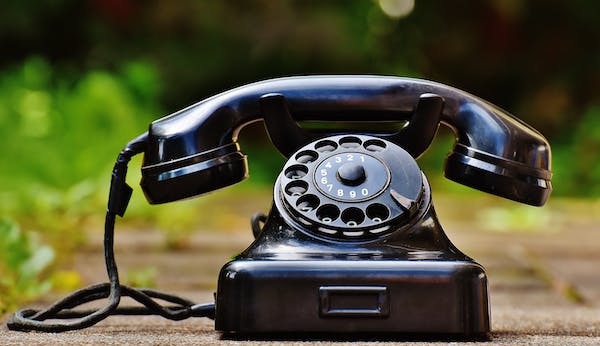The technology we have today didn’t exist in its precise form decades or centuries ago, but many technologies we use and can’t live without had quite a long journey back in time. How many of us have thought that the early forms of computer started through the works of Blaise Pascal, Gottfried Wilhelm Leibniz or Joseph Marie Jacquard centuries ago? Or when the first programmer Ada Agusta Byron worked with Charles Babbage in the 19th century? Or maybe when Konrad Zuse invented the Z1 in the 1930s? Well, history (and archaeology) proved us wrong when the Antikythera mechanism, a small machine with at least 30 interdependent gears working mechanically to track the cycle of the Solar system, was discovered and dated to exist since 130 BC. Unbelievable, isn’t it?
Humanity, since time immemorial, is more intelligent than we have assumed. Many technologies we use have far older origins than we thought. Here are more examples:
1. Video games
The general belief is that the history of video games began in the 1970s with the emergence of arcade games like Pong. But long before the table tennis sports game in 2D existed, there was the “cathode-ray tube amusement device,” the forgotten grandfather of today’s video games. It is the earliest known interactive electronic game in a massive, closet-mounted cathode ray computer developed by Thomas T. Goldsmith, Jr. and Estle Ray Mann in 1947. For the gameplay, players would use knobs to change the trajectory of an artillery shell that the player aimed at a predestined target on the screen. However, it wasn’t manufactured or sold to the public so it had no effect on the future of the video game industry.
2. Mobile phones
Mobile phones have been around for decades longer than you would probably suspect. The first device considered as a cell phone was released in 1973, and consumer models debuted 10 years later.
Wireless radio technology launched in 1901, but two-way communication didn’t exist until 1906. It was during 1918 when German engineers tested wireless telephony on military trains between Berlin and Zossen. Since the system could be used while the train was moving, it became the world’s first “truly mobile phone” that was offered to first class travelers during 1926. Twenty years later, mobile car phones existed. It weighed about 36 kilograms, so it was only limited to automobiles and it was very expensive and limited. Calls would drop when a car moved out of range of the radio tower. Starting there, telephone companies and the military around the globe refined the concept of handing off signals from one tower to another, and that is how commercial cellphones became viable and popular.
3. Telephone
It was widely believed that Alexander Graham Bell invented the telephone because the patents were granted to him in 1876. He won in a contentious patent race with Elisha Gray who also claimed he invented the telephone. Little did the world know about Antonio Meucci, an Italian-American scientist who debuted the concept decades earlier. When he created the first working model of a telephone in 1834, he never received recognition like Bell or even Gray. His poor English speaking skills and his health and financial problems hindered him from securing a patent. In 2002, more the 110 years after his death, the Congress finally recognized his contribution to the invention of the telephone.
4. Microwave oven
The microwave oven is one of the most useful and convenient kitchen inventions ever made. While its commercial appeal boomed in the late 1970s, the invention happened for at least three decades before that. In 1945, the heating effect of a high-power microwave beam was discovered by Percy Spencer, who was working for Raytheon that time. His microwave first cooked popcorn and egg. Two years later, his company debuted the “Radarange,” the world’s first microwave oven. These had the size of a modern refrigerator and costs around $5,000, or $54,000 in 2016 dollars.
5. Fax machines
During the 1980s when fax machines were first adopted in offices, many people assumed the technology was new. It was actually around since the 1840s when Scottish inventor Alexander Bain developed a system using pendulums to transfer images electrically. It sent poor-quality images. When Giovanni Caselli invented the pantelegraph, it became the first “workable” fax machine. He introduced the first commercial telefax service between Paris and Lyon in 1865 – eleven years before the invention of the telephone.
6. Submarines
Many assume that the invention of the submarine happened during World War I. Actually, the first plans for an underwater navigation vehicle were constructed by William Bourne in 1580. However, Bourne didn’t do anything more with his idea, that’s why the first submarine ever built on the face of the Earth only existed in the 1620s when Cornelius van Drebbel, a court inventor for James I of England, built it. Drebbel’s submarine was made of wood wrapped tightly in waterproofed leather. It has air tubes attached to floats that reach the water surface for oxygen. It was propelled by 12 oarsmen because there were no engines yet.
7. Electric cars
Electric cars are widely viewed as a modern, eco-friendly alternative to fuel-powered cars, but actually, they are existing for around 200 years now. During the early 1800s, inventors in the world were creating small-scale electric cars. The first successful electric car debuted in the United States in 1890. It could travel at about 23 kilometers per hour.
Since electrical sources were limited to cities that time, this became a problem when infrastructure improved an people wanted to take trips outside the city. When Texas crude oil was discovered, gas became cheap and more accessible. Electric cars were ultimately replaced by gas-powered automobiles when Henry Ford offered an assembly line of it with half the price of electric cars. By 1935, electric vehicles were a thing of the past, until people became concerned with the effect of gas emissions on the environment.
8. Vending machine
The vending machine has served (and is still serving) the human civilization for hundreds of years now. It gives immediate relief to people experiencing hunger or thirst, as well as hygienic needs, by selling products like chips, candy, coffee, soda, tissue and the like. We thought it was just invented decades ago, but it actually originated in ancient Greece. During 1st century AD, a Greek engineer named Hero of Alexandria created a machine to dispense holy water when users inserted a coin. It effectively stopped denizens from stealing holy water from the temple.
9. Contact lenses
Shoving foreign objects into your eyes to see better seems like a 20th-century idea, but it was envisioned long before by Mona Lisa painter Leonardo da Vinci in 1958. He believed that the optics of the human eye can be corrected by wearing a water-filled glass hemisphere over the eyes. But 380 years would pass before someone actually invented the first contact lens.
German ophthalmologist Adolf Fick constructed the first successful contact lens in 1887. It was at least twice the size of the lenses we know today, and it was made out of glass. Obviously, it was not breathable, so people were only allowed to wear it for four hours at a time. In 1936, American optometrist William Feinbloom introduced plastic scleral lenses. And in 1949, the first corneal lenses were developed – the prototype of modern contact lenses we use today.
10. Social media
Social media seems like one of the biggest phenomena in the 21st century. The biggest social media platforms like Facebook, Twitter, YouTube, Instagram, and Snapchat were launched during the 2000s, but they weren’t the pioneers in this area. Instagram and social media, has come a long long way, to the point where there are now bots running accounts instead of people.
During the 1970s, a group of friends from Berkeley worked together to create a community bulletin board system. Using 110-baud modems and a mainframe computer linked to others throughout the community, they allowed users to post messages about anything for others to see. A user would tag a keyword for others to search for. The BBS, or the bulletin board systems, emerged also in the 1970s when people could chat about their hobbies and interests. Long-distance charges apply for users using dial-up modems, so the technology was mostly limited to local areas.


